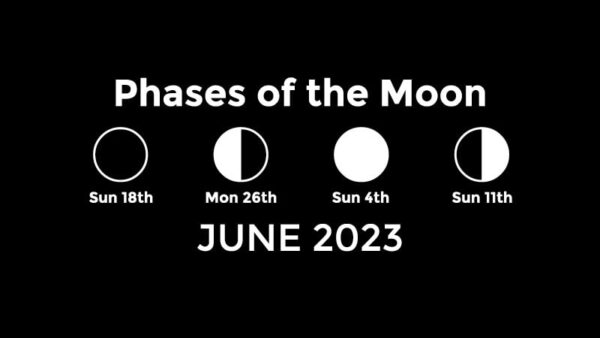Find out what to go out and look at this month
Planets:
As we move into the month, Venus and Mars continue to be the only evening planets to grace the night sky. Venus can be seen in the north-west, moving from the constellation of Gemini (The Twins) to join Mars in the constellation of Cancer (The Crab) after the first few days of the month, and then will continue chasing Mars into the constellation of Leo (The Lion) near the end of the month. On Sunday the 4th of June, Venus will reach its greatest elongation in the East before gradually making its way back towards the Sun.
Mercury, on the other hand, can be spotted low in the north-east, moving from the constellation of Aries (The Ram) to Taurus (The Bull) at the end of the first week of the month, before gradually fading into the morning twilight towards the end of the third week of the month. Jupiter can be seen in the northeast in Aries, above Mercury, while Saturn can be seen in the northwest in Aquarius (The Water-Bearer). Uranus, on the other hand, will be visible in the constellations of Taurus by the end of the month. Lastly, Neptune can be found in between the constellations of Pisces and Cetus (The Sea Monster), providing an enchanting view for stargazers who are keen on exploring the night sky.
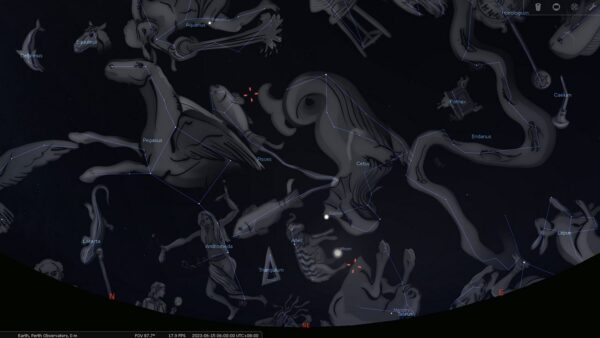
|
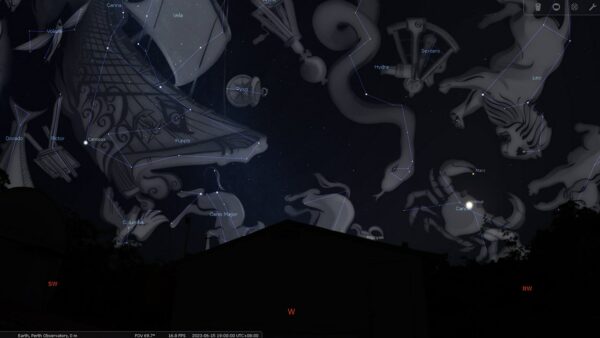
|
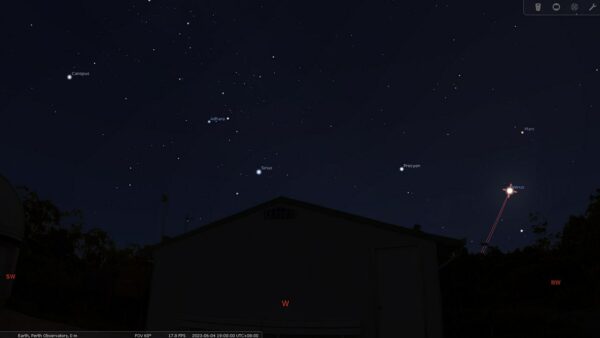
|
| Planet | When It Rises Or Sets |
|---|---|
| Mercury | At the start of May, it rises at 05:07 am (AWST), and by the end of the month, it’ll disappear into the Sun’s glare |
| Venus | At the start of May, it sets at 08:30 pm (AWST), and by the end of the month, it’ll set at 08:38 pm (AWST) |
| Mars | At the start of May, it sets at 09:25 pm (AWST), and by the end of the month, it’ll set at 08:54 pm (AWST) |
| Jupiter | At the start of May, it rises at 04:12 am (AWST), and by the end of the month, it’ll rise at 02:45 am (AWST) |
| Saturn | At the start of May, it rises at 11:44 pm (AWST), and by the end of the month, it’ll rise at 09:50 pm (AWST) |
| Uranus | At the start of May, it rises at 05:32 am (AWST), and by the end of the month, it’ll rise at 03:45 am (AWST) |
| Neptune | At the start of May, it rises at 01:24 am (AWST), and by the end of the month, it’ll rise at 11:31 pm (AWST) |
Alignments, Conjunctions And Occultations:
Conjunctions are a phenomenon that involves objects within our Solar System, as well as more distant objects such as stars. From the observer’s perspective, it appears as though multiple objects that aren’t close together, in reality, appear close in the sky.
On the other hand, an occultation is an event that occurs when one celestial body passes across the line of sight between an observer and another celestial body. One example of an occultation is a solar eclipse, which occurs when the Moon passes in front of the Sun from the perspective of the observer.
- 03/06/23 – Conjunction of The Moon and Antares (Where to look)
- 10/06/23 – Conjunction of The Moon and Saturn (Where to look)
- 12/06/23 – Alignment of The Moon, Mercury, Jupiter, Saturn, Uranus, and Neptune (Where to look)
- 14/06/23 – Conjunction of The Moon and Jupiter (Where to look)
- 16/06/23 – Conjunction of The Moon and The Pleiades Cluster (Where to look)
- 22/06/23 – Conjunction of The Moon, Venus, and Mars (Where to look)
- 28/06/23 – Conjunction of The Moon and Spica (Where to look)
Astronomical Events This Month:
The June Solstice:
The June Solstice marks an astronomical event that occurs twice a year, with the next one taking place on Wednesday the 21st of June at 10:57 pm (AWST). It signifies the beginning of winter in the southern hemisphere and the start of summer in the northern hemisphere. This event happens when the Sun’s declination equals 23.5 degrees south as observed from Earth. The Tropic of Cancer is the line of latitude where the Sun passes directly overhead during the June solstice, although in modern times, the Sun is in the astronomical constellation of Gemini in mid-June due to precession.
During the June solstice, the southern rotational pole of the Earth is tilted away from the Sun, initiating its long apparent journey northward until December. The wobbling of Earth’s axis, known as the Precession of the Equinoxes, takes about 26,000 years to complete one full cycle. This means that over the average lifespan of 72 years, the equinoctial points would have moved one degree, which is approximately twice the diameter of a full Moon.
The June Solstice is an essential event for astronomers as it helps in understanding the mechanics of the Earth’s axial tilt and its impact on the Earth’s climate and seasons. Many cultures celebrate the June solstice with festivals and traditions, including the ancient Druids who celebrated it as the “Alban Heruin” or “light of the shore.”
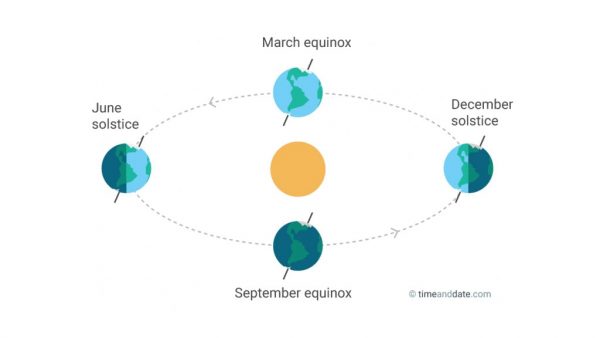
|
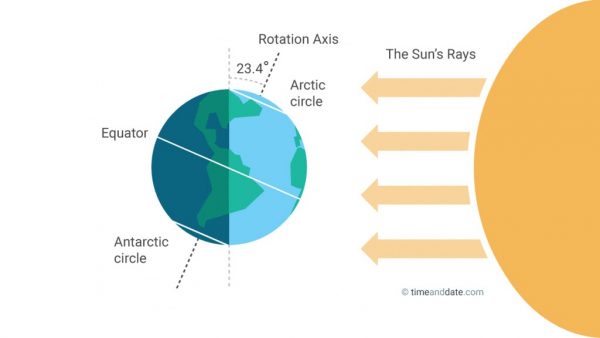
|
Things To Look At This Month:
Omega Nebula:
The Omega Nebula, also known as Messier 17, is a beautiful emission nebula located in the constellation Sagittarius. It’s located approximately 5,500 light years away from Earth and spans a distance of about 15 light years. It is an active region of star formation and contains a large number of young, hot stars. These stars ionize the surrounding gas, causing it to glow with a beautiful pinkish-red colour.
The nebula is divided into several different sections, each with its own unique shape and appearance. The central region of the Omega Nebula contains a cluster of stars that are responsible for illuminating the gas and dust in the nebula. The surrounding gas and dust have been shaped by the intense radiation and stellar winds from these stars, creating a beautiful and intricate pattern of filaments and pillars. Observing the Omega Nebula requires a telescope or a pair of binoculars, as it is a relatively faint object. A narrowband filter can be used to enhance the contrast between the nebula and the surrounding sky, bringing out its beautiful colours and intricate details.
The nebula was first discovered in 1745 and recorded by Charles Messier in 1764, and it’s so named because it appears like the Greek letter Omega. Alternatively, it may be seen as a horseshoe with a “tail” to one side giving it, perhaps, a swan’s neck appearance. It is also referred to as the Swan, Checkmark, Lobster and Horseshoe Nebula.
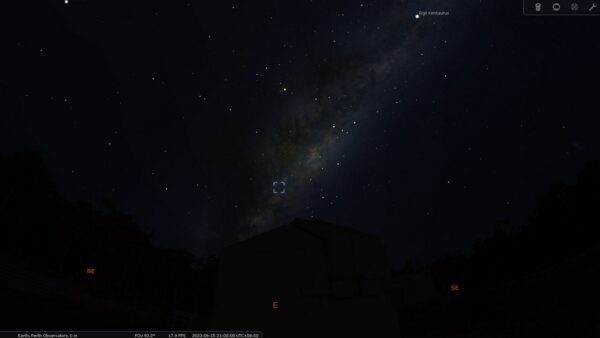
|
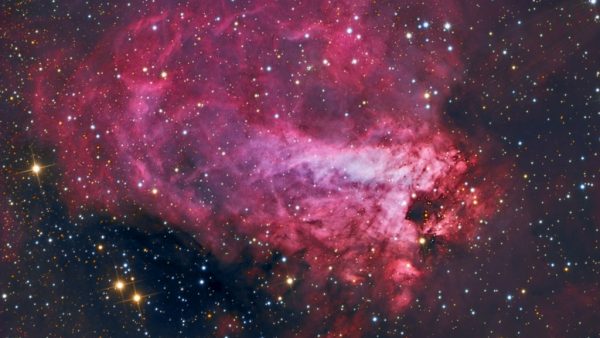
|
Trifid And Lagoon Nebulas:
The Trifid Nebula and Lagoon Nebula are two of the most famous and beautiful celestial objects in the southern sky. Both nebulae are located in the constellation of Sagittarius and are relatively close to each other in the sky. They are popular targets for amateur astronomers and can be observed with binoculars or a small telescope.
The Trifid Nebula, also known as Messier 20 and NGC 6514, is an emission and reflection nebula that is located approximately 5,200 light-years away from Earth and is 15 light-years across. The name “trifid” refers to the three dark lanes that divide the nebula into different sections. The nebula contains a cluster of young stars, which are responsible for illuminating the gas and dust in the nebula. The Trifid Nebula is particularly striking because of its vivid pink, red, and blue colours.
The Lagoon Nebula, also known as Messier 8 and NGC 6523, is an emission nebula that is located approximately 4,100 light years away from Earth, and it’s been estimated to be 100 light-years wide and 50 light-years high. A very young nebula, perhaps less than 10,000 years, it’s named after the lagoon-shaped dust lane that runs through its centre. The Lagoon Nebula is also home to a cluster of young stars, which are responsible for illuminating the gas and dust in the nebula. The colours of the Lagoon Nebula range from deep red to blue-green.
Both the Trifid and Lagoon Nebulas are active regions of star formation, and are rich in molecular gas and dust, with the Lagoon Nebula containing many “Bok globules” forming stars. In addition, the Trifid and Lagoon Nebulas are both part of the larger Sagittarius Molecular Cloud complex, which is one of the largest and most massive molecular clouds in the Milky Way.
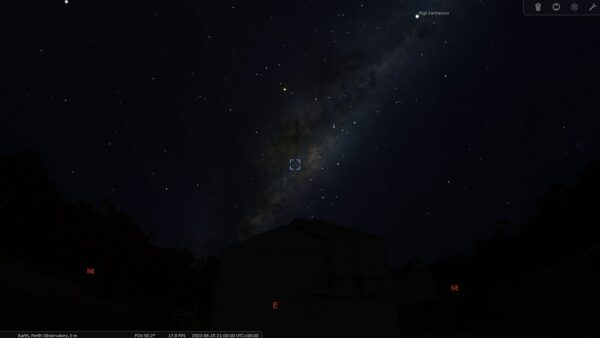
|
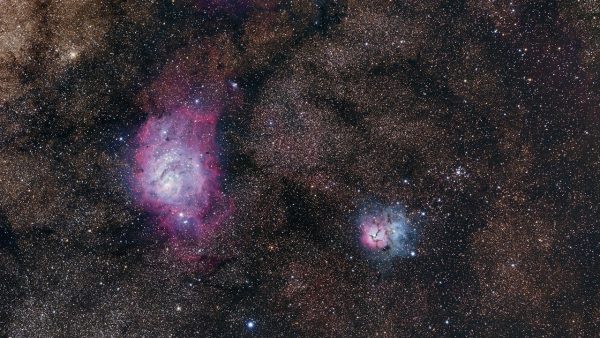
|
Ptolemy Cluster:
The Ptolemy Cluster, also known as Messier 7 or NGC 6475, is a stunning open star cluster located in the constellation of Scorpius. It is named after the ancient astronomer Ptolemy, who first recorded its existence in 130 AD. The cluster is one of the brightest and most spectacular in the sky and is a popular target for amateur astronomers. The Ptolemy Cluster contains approximately 100 stars, but it is surrounded by a larger cloud of gas and dust, which makes it difficult to determine its exact size. The stars in the cluster range in age from a few million to a few billion years, and they are all located relatively close to each other.
Observing the Ptolemy Cluster does not require a telescope, as it is visible to the naked eye under dark skies. However, a good pair of binoculars or a small telescope will allow you to see the individual stars within the cluster. The best time to observe the cluster is during the Southern Hemisphere winter months when it is highest in the sky.
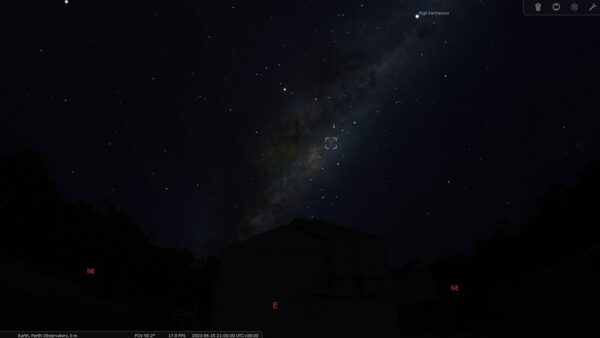
|
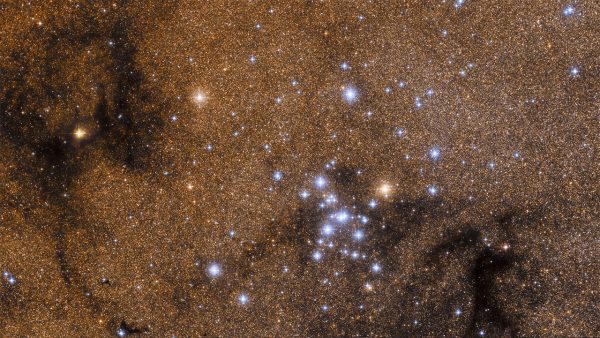
|
Pavo Globular Cluster:
The Pavo Globular Cluster, also known as NGC 6752, is one of the closest and brightest globular clusters and is located in the southern constellation of Pavo, approximately 13,000 light-years away from Earth. The Pavo Globular Cluster is estimated to be about 10 billion years old, and it contains hundreds of thousands of stars. The cluster has a relatively compact size, with a diameter of approximately 100 light-years, making it one of the densest globular clusters known. The stars in the cluster are tightly packed together, and their gravitational interactions keep them bound to each other, creating a beautiful and unique cosmic structure.
One of the most striking features of the Pavo Globular Cluster is its colour. The stars in the cluster range from blue to red, with a large number of yellow stars in between. This diversity of colours creates a breathtaking view that is worth observing. Observing the Pavo Globular Cluster requires a good telescope, and preferably a dark sky with little light pollution. The Pavo Globular Cluster is not only a stunning astronomical object to observe, but it is also an important object for astronomical research. Its proximity and brightness make it an ideal laboratory for studying the dynamics and evolution of globular clusters.
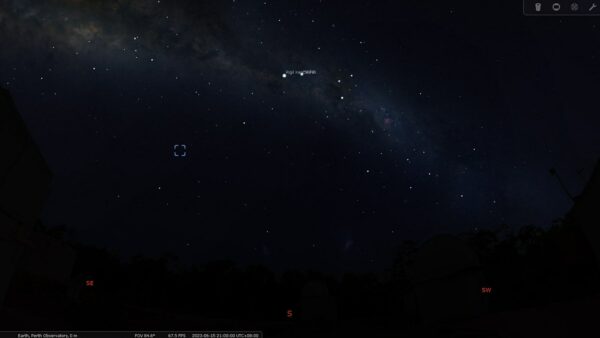
|
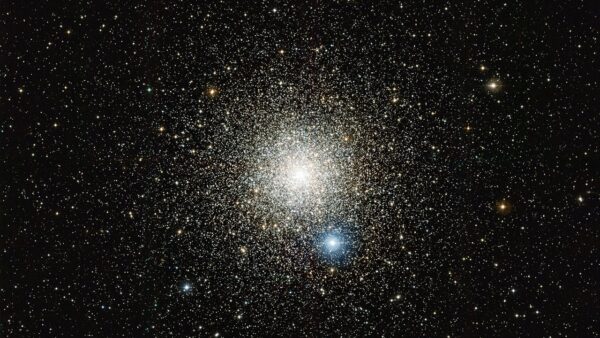
|
Phases Of The Moon:
